India has potential to become second largest steel consumer
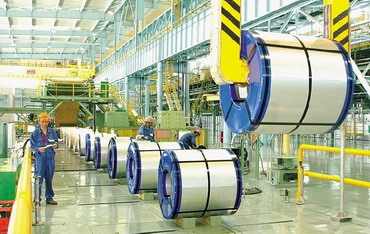
MUMBAI: India's steel demand is expected to rise by 4-5 per cent this year and will touch 15 per cent CAGR after FY17 as the country has the potential to emerge as the second largest steel consuming market after China during FY15-20, Deutsche Bank said in its research report.
With expectations of the new government's thrust on jump starting stalled projects initially followed by pushing large flagship projects, including the freight and industrial corridors, it is expected that India will begin moving back on the path of materials intensive growth by the end of this year.
"We expect steel demand to rise by 4-5 per cent this year as against average of 2 per cent over FY13-14, 8 per cent in FY16 and a 15 per cent CAGR after FY17 when policy initiatives of the new government begin to impact materials demand, meaningfully.
"Based on our growth forecasts, India has the potential to emerge as the second largest steel consuming market, behind China during FY15-20," the report said.
The report expects that India will emerge as a large importer of steel particularly in FY19-20 with the imports of as much as 24 million tonne of steel - equivalent to 17 per cent of its consumption. The domestic steel production is estimated to rise by 48 per cent by 2020, it said.
"We also estimate India's iron ore requirements to rise by 53 per cent and coking coal requirements by 39 per cent by 2020," the report said.
India is likely to import 15.5 million tonne of iron ore - its highest ever imports - in FY15.
"We do not see a risk to India's iron ore self sufficiency on a longer term basis and country is likely to import 15.5 million tonne of iron ore - its highest ever imports - in FY15.
"However, this remains contingent on easing of regulatory restrictions. A timely resolution can support domestic supply ramp up to meet demand from new steel capacities between now and 2020, it said.
Deutsche Bank forecast India to become a net exporter of iron ore again from FY16. However, the magnitude of exports is likely to be only a fraction of its historical levels.
"During our forecast period till 2020, we expect India's iron ore exports to stay range bound between 15-35 million tonnes, relative to a range of 80-120 million tonne during FY05-10," the report said.
"The new Modi government's initiatives clearly point to India embarking on an economic model used by the East Asian economies to rapidly modernise themselves. The Indian steel and iron ore sector lies at the forefront of the Modi administration's move to the East Asian model of growth.
"We expect the sector to be a direct beneficiary of the two most important elements of the East Asian model - the move to materials intensive growth from an aggressive focus on heavy infrastructure build out and revitalising manufacturing, and equally importantly and a conscious attempt to keep the currency weak," as per the report.
The report says that currency may emerge as an important tool rather than just a passive exchange rate that drifts towards 'fair value'.
"We have assumed an average annual depreciation of 3 per cent for our forecasts. We believe that a depreciating currency could emerge as competitive advantage vs imports and cushion Indian steel-makers from global steel price volatility as domestic steel prices are benchmarked to landed cost of imports," it said.
The report also pointed out that there is a strong empirical evidence that economies see a visible inflection point in materials intensive growth within a few years of GDP per capita, on a PPP basis reaching threshold levels of around USD 2,500-3,000. This trend has been observed across various countries starting with the post-war industrialisation of Japan in the fifties and most recently in China, a decade ago.
"India reached this inflection point in 2006 and was on the path of strong materials demand until 2011-12, when the economy started slowing due to a combination of policy paralysis, coalition politics, stalled parliament and a slow moving bureaucracy," the report said.
XINSTEEL INFORMATION

 +86 371 55057610
+86 371 55057610  inquiry@xsteelplate.com
inquiry@xsteelplate.com


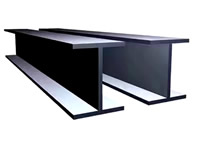
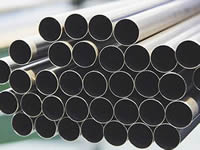
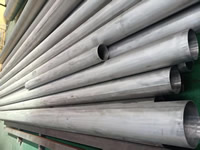
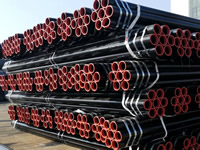
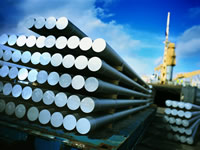

 Tel:+86 371 55057610
Tel:+86 371 55057610  Fax: +86 371 5505 7611
Fax: +86 371 5505 7611